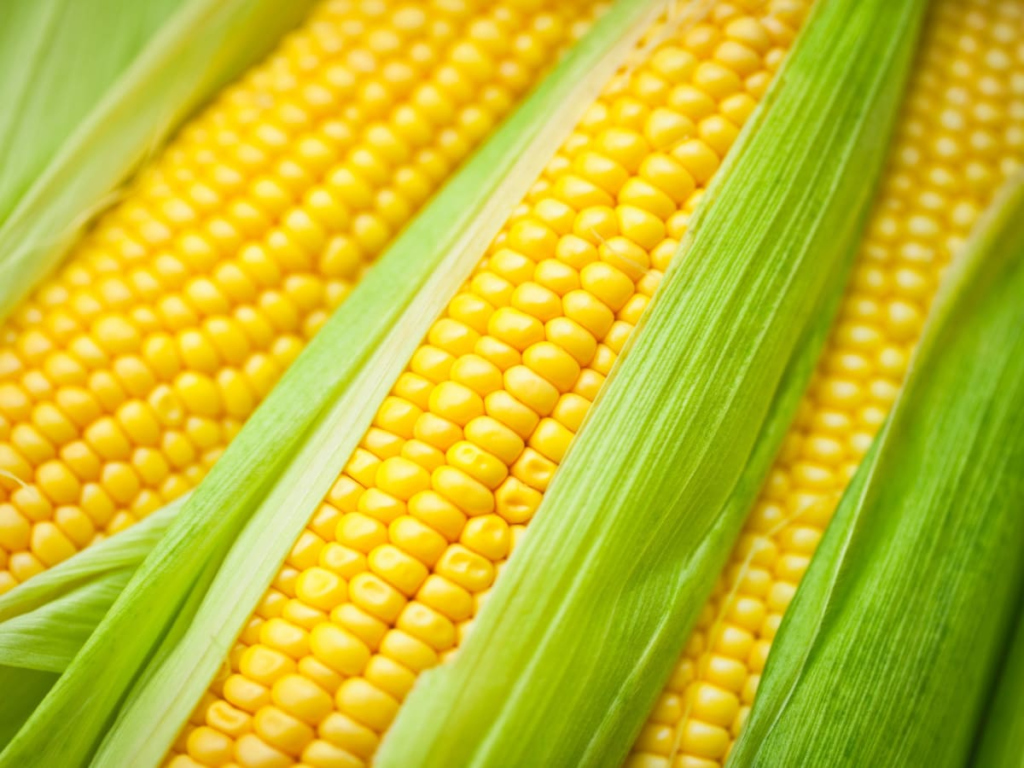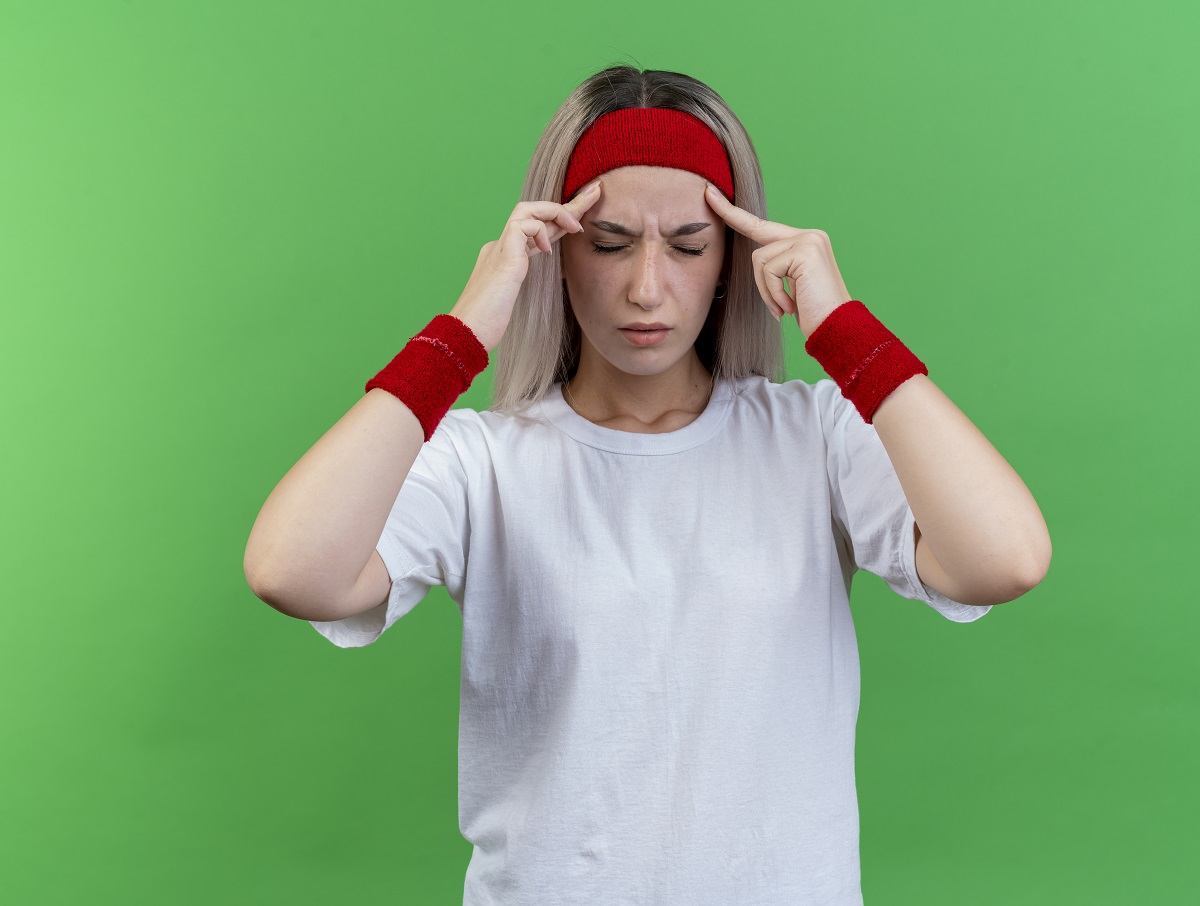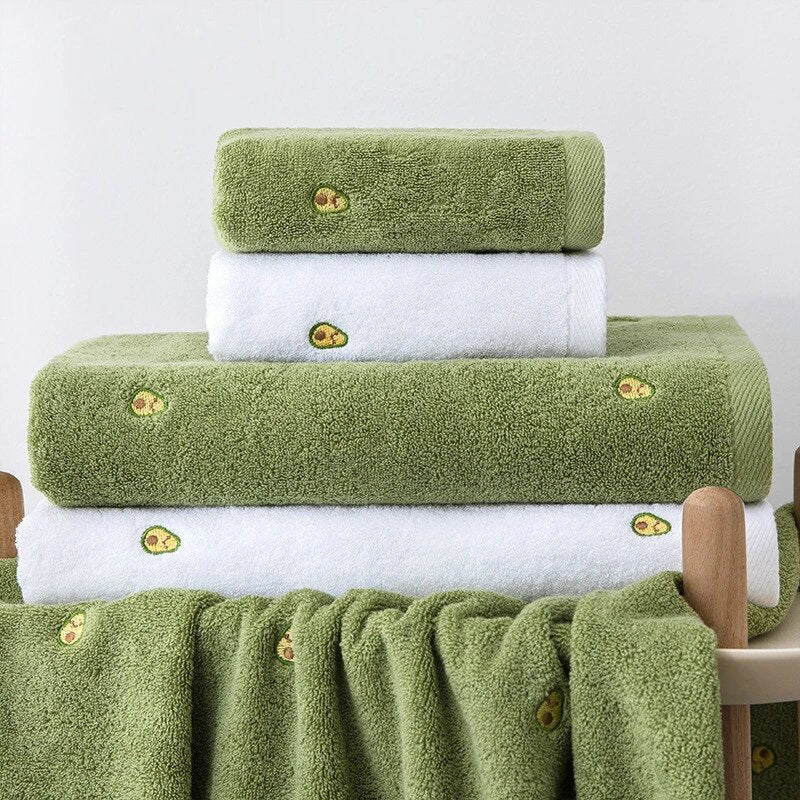According to Statistica, the United States consumes more than 12 billion bushels of maize annually, making it the world’s largest corn consumer. We do consume a lot of that, even though a large portion of it is utilized to make ethanol or animal feed. Examples of this include popcorn, corn on the cob, and high-fructose corn syrup, which are additives found in processed meals.Is Corn Nutritious? Five Myths Dispelled About Sweet Corn. To be honest, not everyone understands what corn is meant to be used for. This question always remains uncovered: Is Corn a Vegetable, Fruit, or Grain? When attempting to prepare a nutritious dinner, how do you account for it in your meals?
Fresh sweet corn, bursting with flavor, is always available at the market in the summer. It can be added to salads, roasted, boiled, and served with butter still dripping from the kernels, or it can be blended into a creamy chowder. Although we cook and eat maize like a vegetable, is it really the best way to describe this iconic summertime food? including other “vegetables” that are actually fruits (including squash, tomatoes, and avocados), it’s sweet enough to be considered a fruit. After all, corn ice cream exists. Or is corn a vegetable, fruit, or grain? To find out exactly what it is, continue reading. You’ll probably be surprised by the response.
Clearing Concept: Is Corn a Vegetable or Fruit, or Grain?
From a botanical perspective, corn is classified as a fruit since it comes from the ovary or bloom of the corn plant. However, depending on a few variables, maize may be classified as either a grain or a vegetable, according to the USDA. The corn type and harvest season hold the key to the solution. Sweet corn ears feature soft, sensitive kernels that are loaded with liquid when they are harvested while still young and immature.
These sweet corn kernels are regarded as a starchy vegetable in this instance. These are the common types of corn that are marketed as frozen and canned corn kernels in addition to corn on the cob at grocery stores and farmers’ markets. The kernels grow and become harder and drier the longer the harvest is postponed. Popcorn is a grain that is harvested after the corn variety reaches maturity. At this ripe stage, corn can also be ground into cornmeal and used in dishes like cornbread or tortillas.
History: Is Corn a Vegetable or Fruit?
Originally, corn originated in the Americas. It is the most widely produced crop worldwide. It goes by the name of maize in various regions of the world. The following are the top three varieties of corn:
- Sweet Corn: sweet corn, as you would normally find in the grocery store.
- Indian Corn: Indian corn, also known as flint corn, is a popular ornament that is frequently seen around Thanksgiving. It is available in a variety of colors. Popcorn is also made from a variant of this sort of maize.
- Field Corn: Cattle and other livestock are fed this type of maize, often known as dent corn or field corn. Additionally, several industrial items employ it.
Corn is thought to have come from a particular kind of Mexican grass. However, corn doesn’t really grow in the wild anyplace.
Is Corn a Vegetable, Fruit, or Grain?
Some people consider corn to be a type of grain. Those kernels, as well as the corn plant itself, hold the grain solution. In actuality, corn is just an enormous grass, and all grasses grown for cereal crops produce grains in their seeds. Corn is a pre-Columbian grain that has been domesticated for millennia. It was developed from a grass that was originally endemic to southern North America, or what is now southern Mexico. The origins of corn-growing are assumed to be in Oaxaca.
The botanical name for maize is Zea mays subsp. mays, and it belongs to the Poaceae family of grasses. Teosintes, or mother-of-corn, are a type of grass that is closely related to it in the wild. Although they are also subspecies of Zea mays, thousands of years of selection have made them unrecognizably different from corn’s close cousins. Instead of being naked, the corn’s many rows of soft, fat kernels are covered in husks, making them supersized. Teosinte seeds are encased in an incredibly durable outer layer in a single row. It is believed that old-fashioned, instinctive breeding methods identified plants that had experienced a spontaneous genetic mutation, eventually losing their hard seed coat.
Farmers would pick the most aesthetically pleasing and flavorful plants, preserving their seeds for future plantings. Consider it slow-motion genetic alteration spanning 6,000 to 9,000 years. (It’s ironic that maize, which has been developed to resist insecticides and herbicides that kill weeds between its rows while sparing this domesticated grass, is currently the most genetically modified crop grown in the United States.)
Is Corn a Fruit or a Vegetable?
It seems easy enough to answer the question of is corn a vegetable, fruit or grain. It’s actually a little trickier than it looks. Whole corn is regarded as a vegetable, just like corn on the cob. Popcorn is made from corn kernels, which are regarded as grains. To be more precise, the grain in question is a “whole” grain. To make matters even more complicated, a lot of grains, including popcorn, are categorized as fruits. This is so because they are derived from the plant’s seeds or flowers. Vegetables, on the other hand, come from the leaves, stalks, and other plant parts.
For this reason, several items that people mistakenly consider to be vegetables—like tomatoes and avocados—are actually fruits. In actuality, corn is a fruit, a vegetable, and a full grain. But maize is healthful and can be included in a balanced diet regardless of its type or classification. When made without oil, butter, or salt, even plain popcorn can be healthful.
Corns Variety
Corn is available in a wide variety of forms, including cereals like corn flakes, tortilla chips, polenta, dried hominy, and cornmeal, as well as crisp snacks like popcorn and tortilla chips. Corn gets less nutritious the more processed it is. Then there are the more devious derivatives, such corn oil, starch, and high fructose corn syrup, which are found in a plethora of processed meals. Before you buy, make sure you thoroughly read the labels.
Corns: Full of Nutrition
Eating corn has a lot of health advantages. However, the advantages vary slightly depending on whether you’re eating sweet corn or popcorn. A whole grain is corn. A whole grain is precisely that—the entire grain. The healthiest type of grain is whole grain. They are full in fiber, minerals, and vitamins. Compared to other grains, corn has a significantly higher level of vitamin A. It’s a fantastic source of antioxidants as well. Another vegetable that is regarded as starchy is corn. Compared to several other starchy vegetables, it has less sugar, fat, and sodium. There are many of nutrients in popcorn (simple) and corn on the cob. Among them are:
- Niacin
- Potassium
- Vitamin B-6
- Zinc
- Copper
- Protein
- Fiber
It also has some additional advantages for health. Because of its high fiber content and lutein and zeaxanthin content, it improves eye health by supplying several important antioxidants that help prevent diverticular disease and lower LDL.
How to Enjoy Corn?
Beyond the popcorn bowl and the summertime staple of corn on the cob, there’s a whole world of delicious possibilities waiting to be explored with corn! Here are some inspiring recipe ideas to take your corn consumption to new heights:
Wholesome Whole-Grain Corn Muffins:
Ditch the white rolls and embrace the warm, nutty flavor of corn muffins. Packed with nutrition and perfect for breakfast alongside eggs or as a savory side for any meal, these muffins are a delightful way to start your day or complement your dinner.
Vibrant Corn and Tomato Pasta Salad:
This versatile dish can be enjoyed as a light and healthy main course or tossed in as a refreshing side. Bursting with juicy tomatoes, sweet corn, and your favorite pasta, this salad is a crowd-pleaser that’s perfect for picnics, potlucks, or a quick and easy weeknight meal.
Hearty Corn and Cheese Chowder:
When the crisp fall air arrives or winter chills settle in, this warm and comforting corn and cheese chowder will be your new go-to. Packed with flavor and ready in just 15 minutes, it’s a lifesaver for busy weeknights. Plus, the generous batch size ensures leftovers for cozy lunches or quick dinners.
Smoky Mexican Grilled Corn with Cilantro:
Elevate your next barbecue with this unique twist on classic corn on the cob. Mexican grilled corn introduces a symphony of smoky and savory flavors that will have everyone reaching for seconds. Don’t forget the fresh cilantro garnish for a burst of brightness!
Decadent Baked Cream Corn:
This easy casserole is a guaranteed crowd-pleaser, perfect for potlucks or bringing a dish to a dinner party. The creamy texture and irresistible flavor of baked cream corn will have everyone asking for the recipe.
Classic and Flavorful Succotash:
Sure, it requires a little more time, but the combination of tender lima beans, sweet corn, and aromatics like onions and peppers in succotash is a timeless dish for a reason. Healthy, flavorful, and bursting with summery goodness, it’s a delightful reward for your culinary efforts.
Tangy Quick-Pickled Corn:
Looking for a make-ahead option? Look no further than quick-pickled corn! This vibrant side dish is surprisingly easy to prepare and requires just a day of fridge time to develop its delightful tangy flavor. It’s the perfect accompaniment to cut through richness in heavier meals or add a refreshing touch to any summer table.
Final Word
What do you think that corn ear looks like now? Fresh corn is delicious, regardless of whether you consider it a vegetable, grain, or even a fruit. After they have steamed the kernels inside, throw some organic ears onto the grill, peel back the green husks, and season all that sweetness with a mixture of butter, lime, and cayenne. Corn is a versatile and nutrient-dense food. Although it is eaten as a grain and a vegetable, it is classified as a fruit botanically. You would be right to refer to corn as a fruit, a whole grain, or a vegetable. Depending on the type of maize you’re consuming. Whether you use corn in a recipe, as a side dish, or as popcorn, it’s a terrific addition to a nutritious diet. Then prepare to welcome corn harvest season.
FAQs: Is corn a vegetable?
Q. Is corn a vegetable?
Nope! Corn gets a surprising exclusion from the vegetable category in the world of botany. Vegetables are typically the leaves, stems, or roots of a plant, while corn kernels develop from a different part entirely: the flower of the corn plant.
Q. Is corn a fruit?
Botanists actually classify corn as a fruit. This is because corn kernels develop from the pollinated flower of the corn plant, and contain seeds inside – just like other fruits such as tomatoes, peppers, and even avocados!
Q. Is corn a grain?
When corn matures and dries out, the kernels take on a new identity: a grain. We grind dried corn kernels into cornmeal, a key ingredient for tortillas, polenta, and everyone’s favorite movie companion – popcorn!
Q. So, what exactly is corn?
Corn occupies a unique space in the food world. Botanically, it’s definitely a fruit. But culinarily, we treat it as a vegetable due to its taste and how we prepare it. It can even become a grain depending on its maturity and use!
Q. Why is corn so confusing?
The difference between fruits and vegetables lies in their botanical function, not necessarily taste. Fruits develop from flowers and contain seeds, while vegetables come from other parts of the plant like leaves, stems, or roots. Corn’s sweetness and its use in savory dishes blur the lines for many people.
Q. Does it matter if corn is a fruit, vegetable, or grain?
In the grand scheme of deliciousness, not really! No matter the technical term, corn is a nutritious and tasty food. It provides essential vitamins, minerals, and fiber to keep our bodies healthy.
Q. How is corn enjoyed as a vegetable?
We savor fresh corn on the cob with butter, relish it in creamy corn side dishes, and enjoy its sweetness in cornbread. Its delightful flavor also adds a unique touch to salads and stir-fries.
Q. How is corn used as a grain?
Dried corn kernels are ground into cornmeal, a versatile base for delicious dishes like tortillas, polenta, and everyone’s favorite movie snack – popcorn! Popcorn kernels actually contain a small amount of water trapped inside a hard shell. When heated, this water vaporizes and bursts the kernel, creating the fluffy popcorn we know and love.
Q. Are there other fruits mistaken for vegetables?
You bet! Tomatoes, peppers, and avocados are all technically fruits but are treated as vegetables in cooking because of their savory taste and how we use them in meals.
Q. Should I keep corn separate from fruits and vegetables?
Absolutely not! Enjoy corn however your taste buds desire. It’s a delicious and versatile addition to salads, stir-fries, or even a solo snack like popcorn. The most important thing is to include this nutritious food in your diet!






